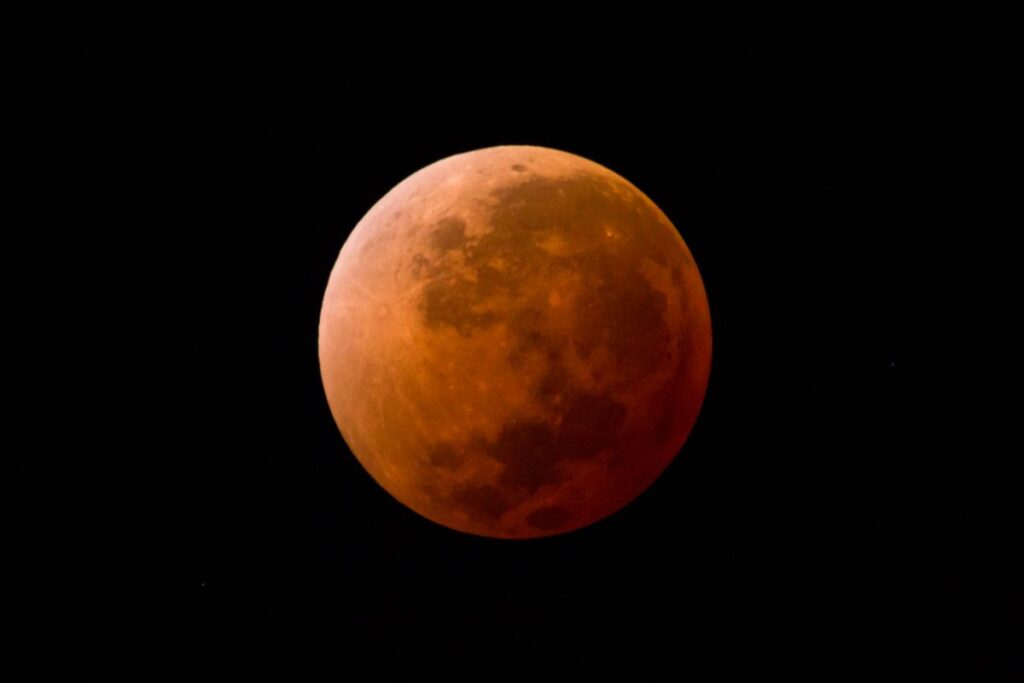Another spectacular year for stargazers lies ahead. From the appearance of a brilliantly bright Venus to the first total lunar eclipse since 2022, there will be plenty of reasons to look skywards at night this year. Other highlights will include a deep partial solar eclipse in North America, four moonless meteor showers and three supermoons. While many of these events will be visible to the naked eye, investing now in a good beginner telescope can greatly enhance your experience.
Quadrantid meteor shower
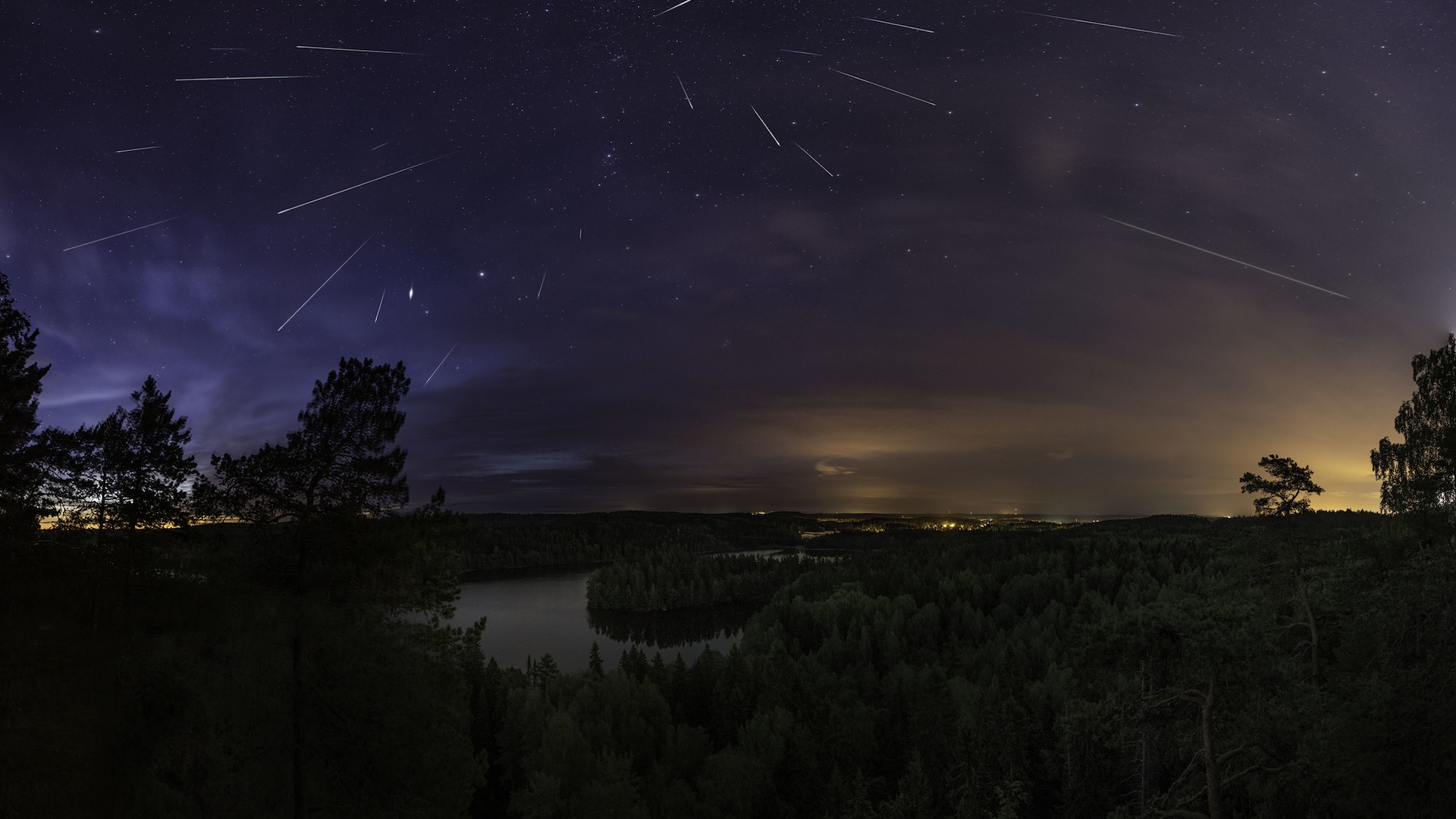
When: Jan. 3/4, 2025
The first meteor shower of the year for the Northern Hemisphere can often impress — if you can stand the cold — with between 25 and 200 shooting stars per hour during its peak. It’s also the last meteor shower until April’s Lyrids.
Venus at its brightest
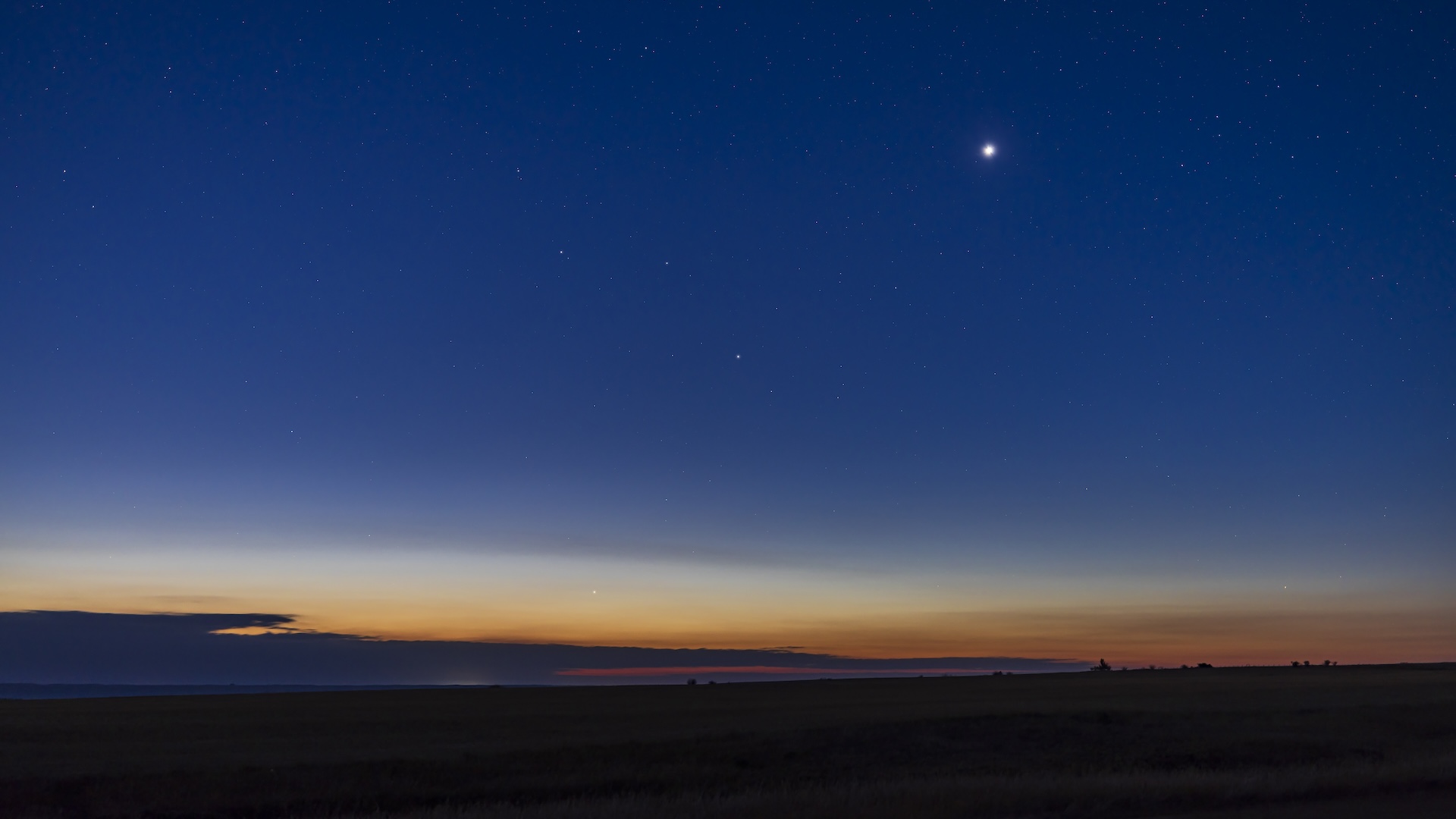
When: Feb. 19, 2025
As Venus reaches its closest point to Earth, it will shine at -4.5 magnitude — as bright as it ever gets — but the dazzling sight will reveal something else if you point a small telescope at it. As an inner planet, when it nears Earth, it appears as a crescent; watch from Jan. 11 to Feb. 19, and you’ll see it shrink each night.
Total lunar eclipse
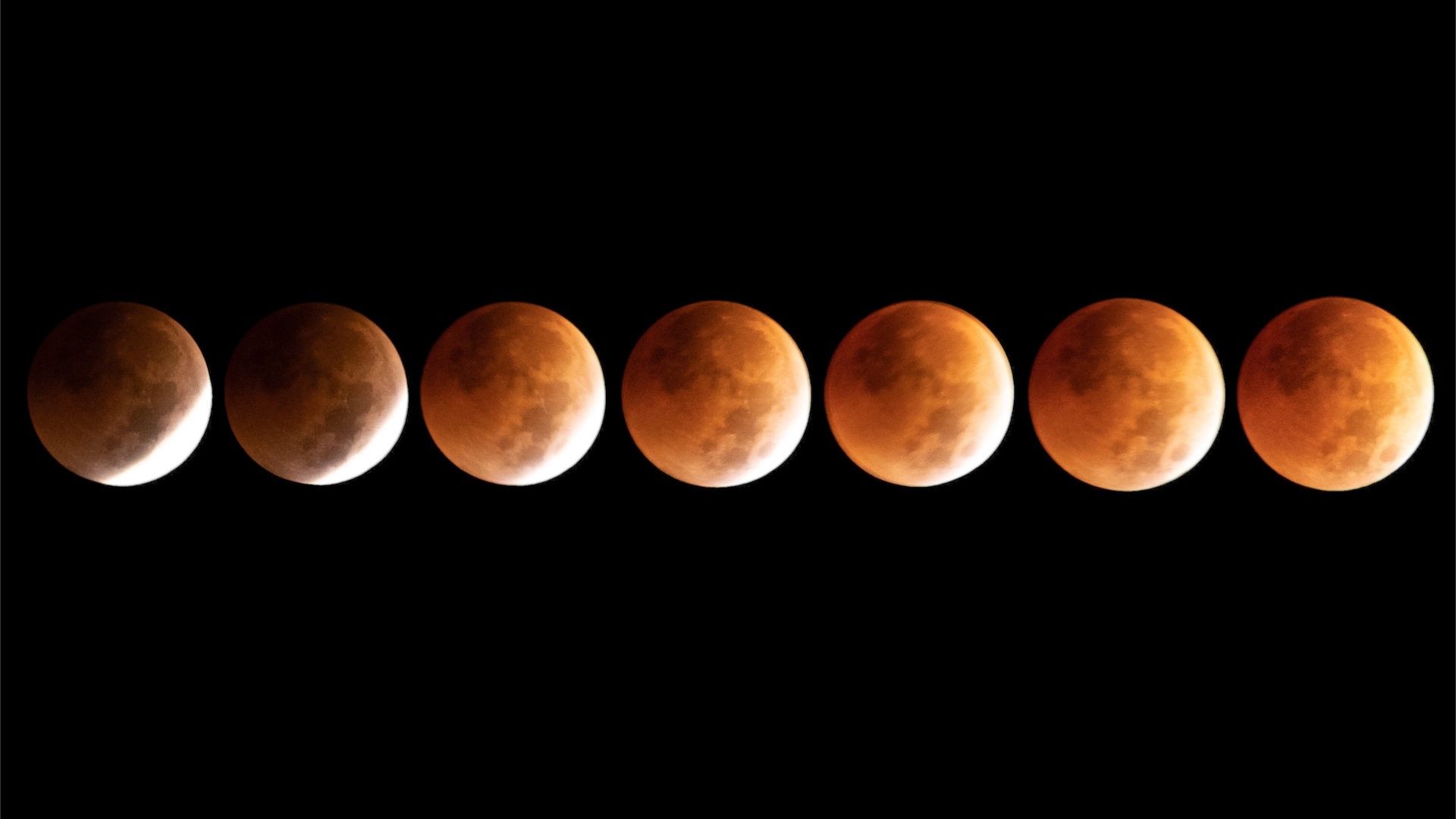
When: March 13 to 14, 2025
The first total eclipse of the moon since late 2022 will turn the lunar surface a gorgeous orangey-reddish color for 65 minutes. North America will get a ringside seat, with the event seen throughout the continent during the night. Europe isn’t so lucky, as it will get just a glimpse of the phenomenon during moonset.
Northern lights at equinox
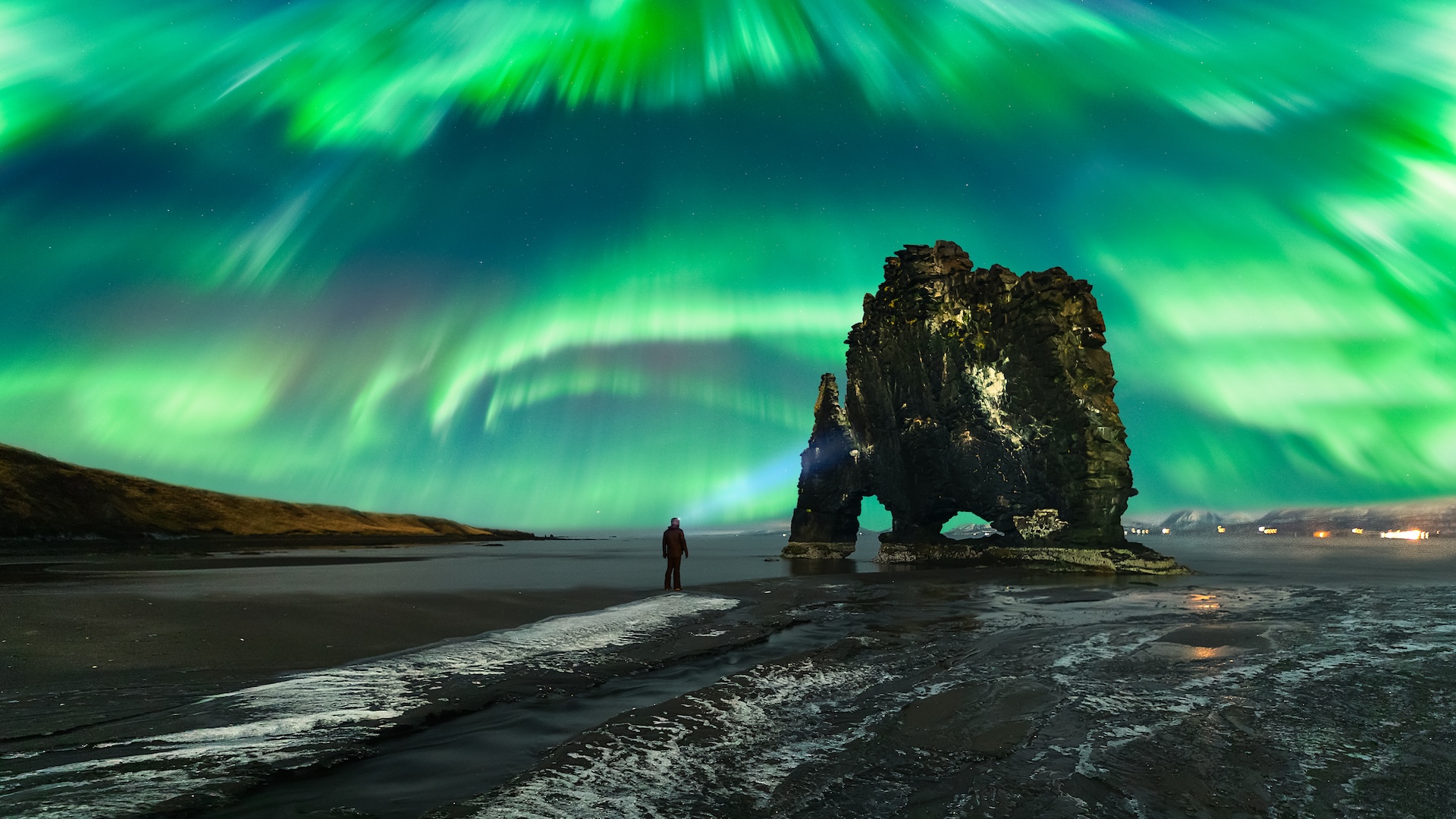
When: March 20 and Sept. 22, 2025
The equinoxes, when Earth’s axis is tilted neither toward nor away from the sun, create the ideal geometry for reliable and spectacular displays of auroras around the poles — and this year, these light shows will likely occur farther north and south. With the sun at solar maximum in 2025, expect increased solar activity, including aurora-triggering outbursts, particularly in the few weeks after the equinoxes.
Partial solar eclipse
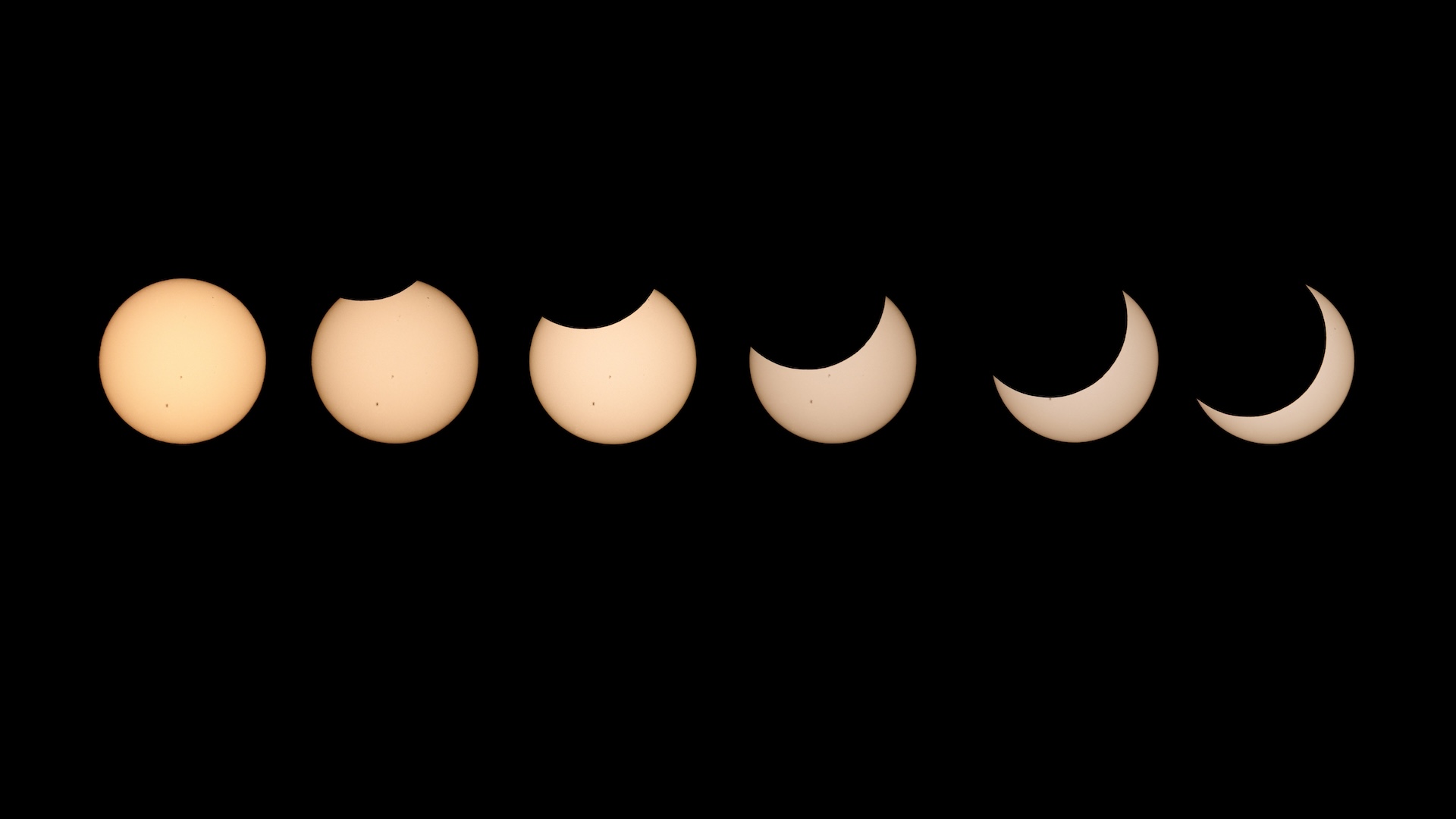
When: March 29, 2025
Although it won’t match the total solar eclipse of April 8, 2024, for sheer drama, those in northeastern U.S. states and eastern provinces in Canada may glimpse an eclipsed sunrise if skies are clear. This partial solar eclipse will see as much as 94% of the sun blocked by the moon, and it will also occur across Europe and northwest Africa.
Lyrid meteor shower
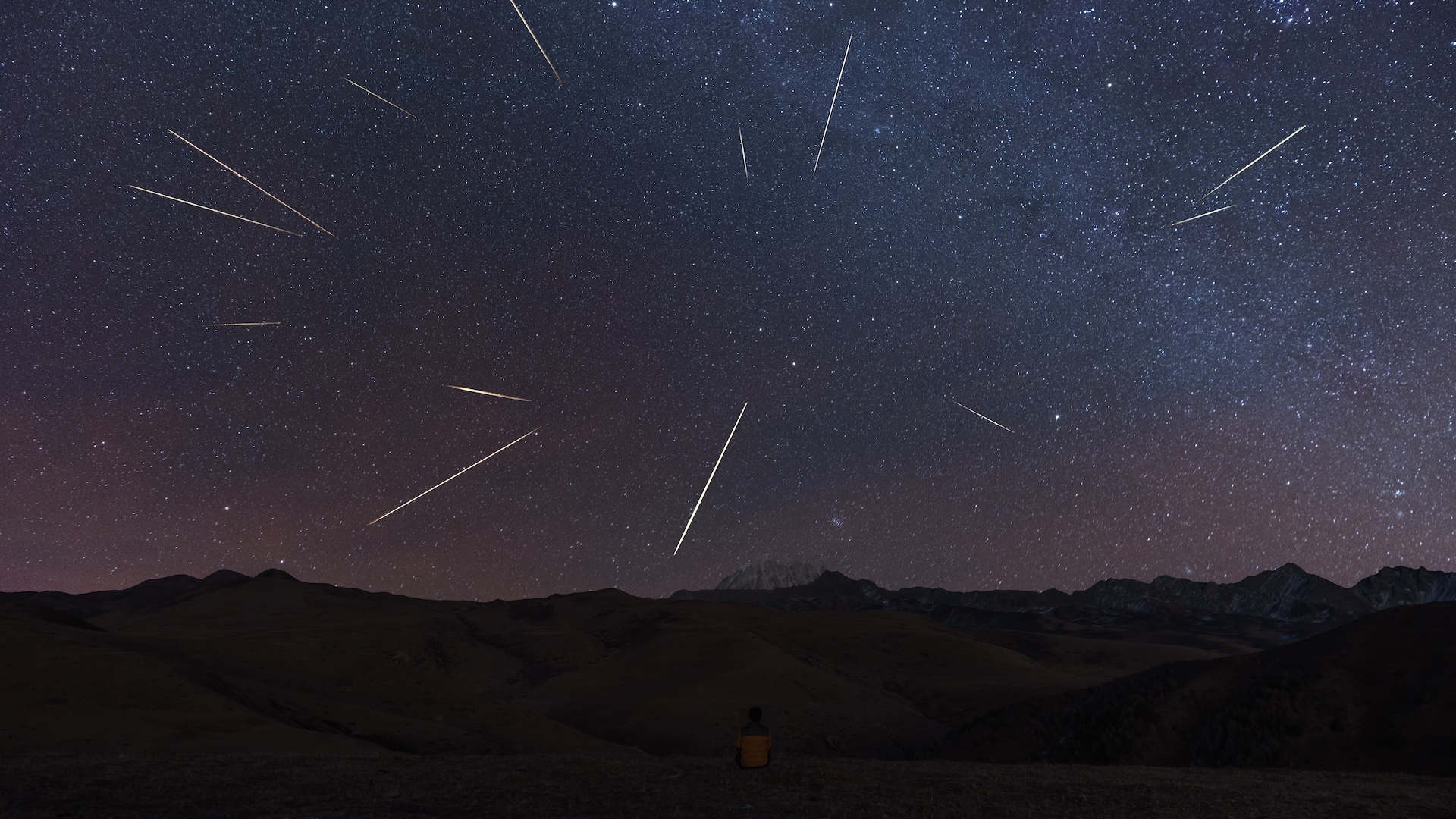
When: April 21 to 22, 2025
With 2024’s Perseids — the most prolific and popular meteor shower of the year — marred by bright moonlight, other meteor showers will have to pick up the slack. With a crescent moon setting early in the evening, expect a good show from the Lyrids, which deliver about 10 to 20 shooting stars per hour and a few super-bright fireballs. April is also a good month to begin looking for the Milky Way later at night.
Eta Aquariid meteor shower

When: May 6 to 7, 2025
Expect about 60 shooting stars per hour during the peak of the Eta Aquariids, which will take place under ideal astronomical conditions. It is one of two meteor showers caused by dust and debris left in the inner solar system by Halley’s comet (the other being November Orionids). The Eta Aquariids are best seen from the Southern Hemisphere.
Saturn at opposition
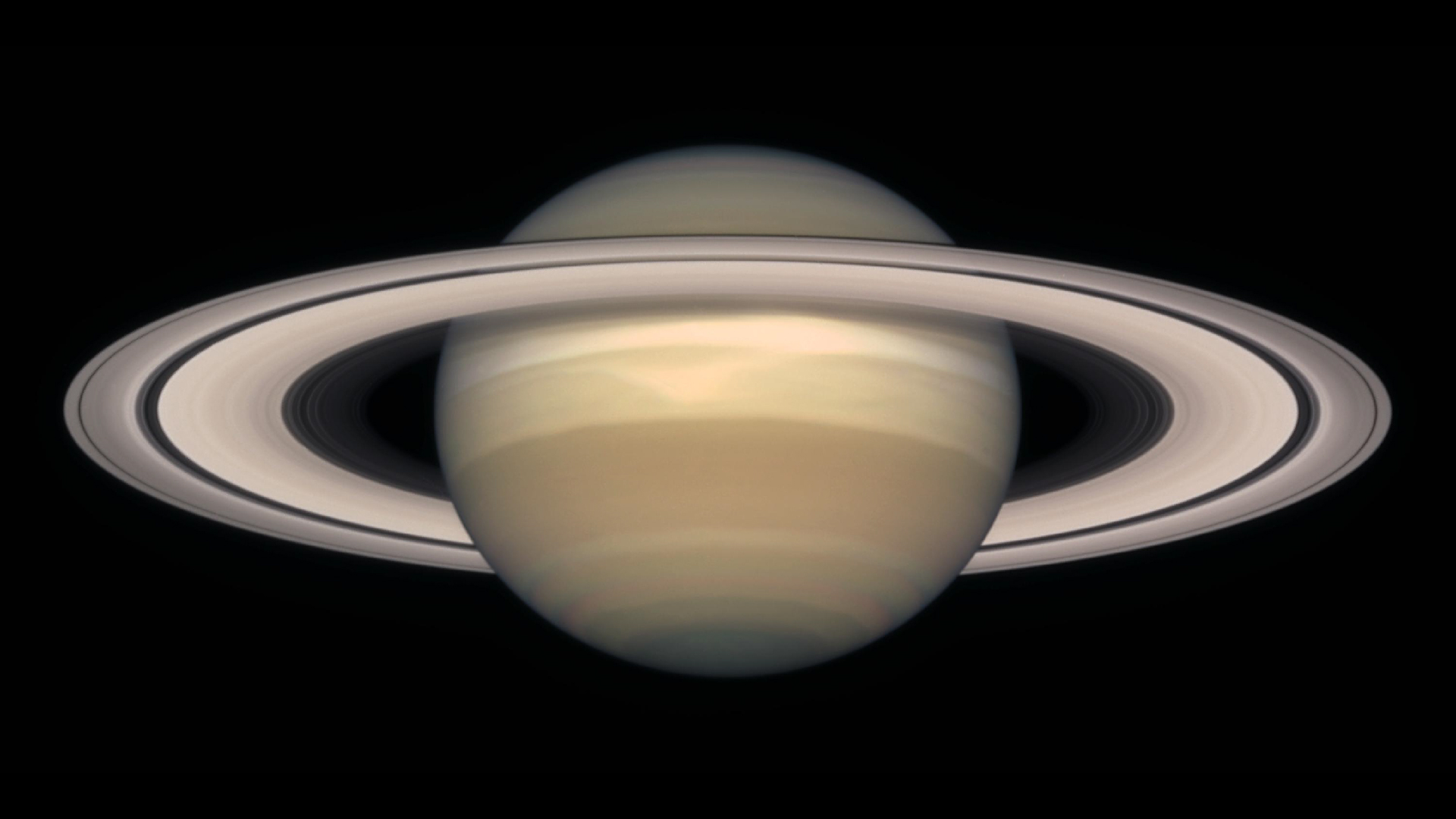
When: Sept. 21, 2025
Saturn will be at its brightest and best in late September as Earth passes between the gas giant and the sun. This will be the best time to see Saturn, though you’ll need a small telescope to see its rings. There will be no opposition from Jupiter in 2025 — the giant planet will align with Earth and the sun early in 2026.
Venus and Jupiter conjunction

When: Aug. 12, 2025
Get up before sunrise on this date, and you’ll likely see the beautiful sight of Jupiter and Venus shining just a degree from each other. That’s less than the width of your little finger held out at arm’s length against the sky. Jupiter will shine at -1.8 magnitude and Venus at -3.9 magnitude.
Beaver supermoon
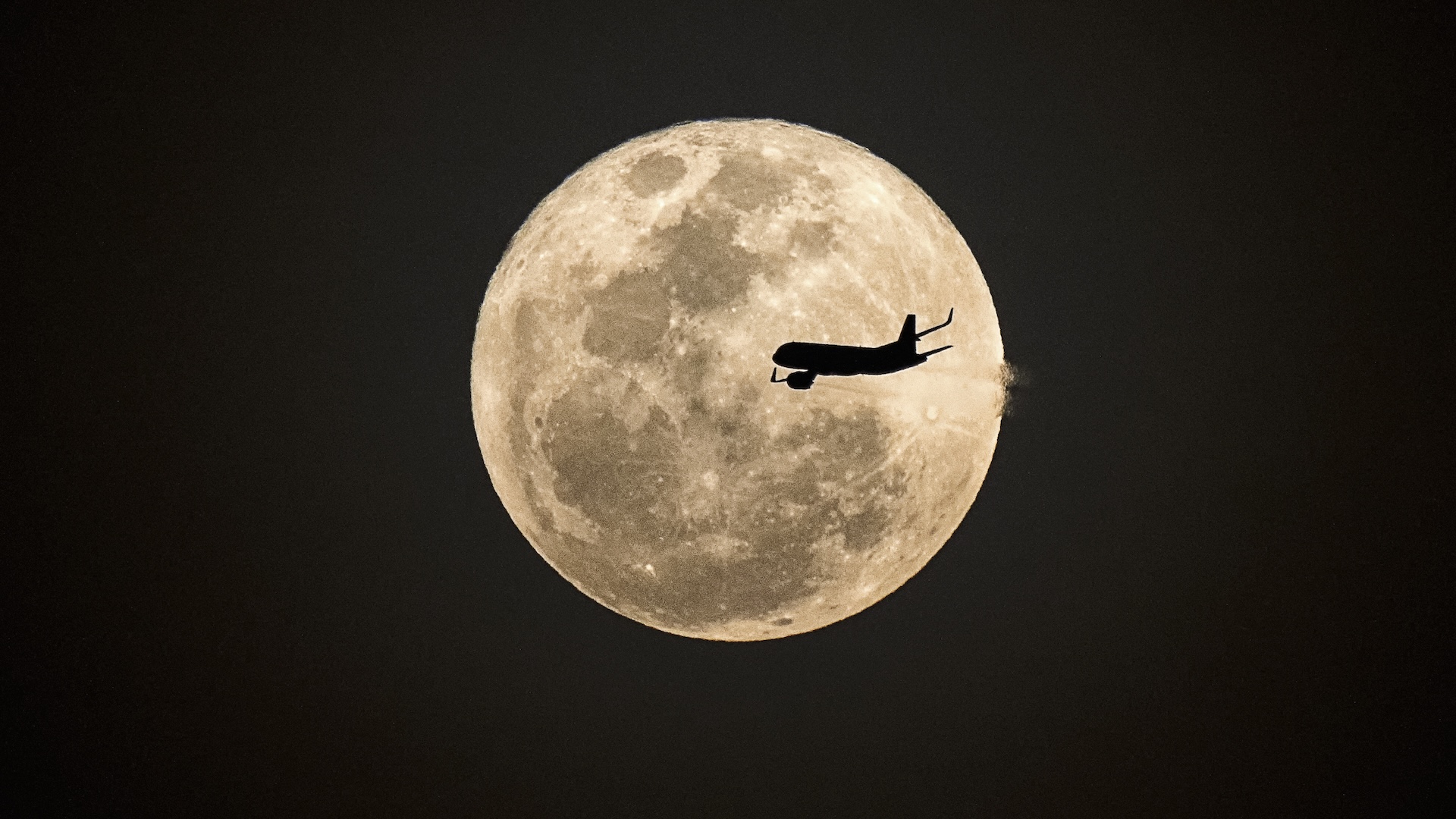
When: Nov. 5, 2025
There will be three supermoons in 2025, the closest of which will be November’s Beaver Moon at 221,726 miles (356,833 kilometers) from Earth. It will be the closest full moon this year and the closest since 2019. It will be preceded by October’s Hunter’s Moon and December’s Cold Moon, with January 2026’s Wolf Moon also being a supermoon.
